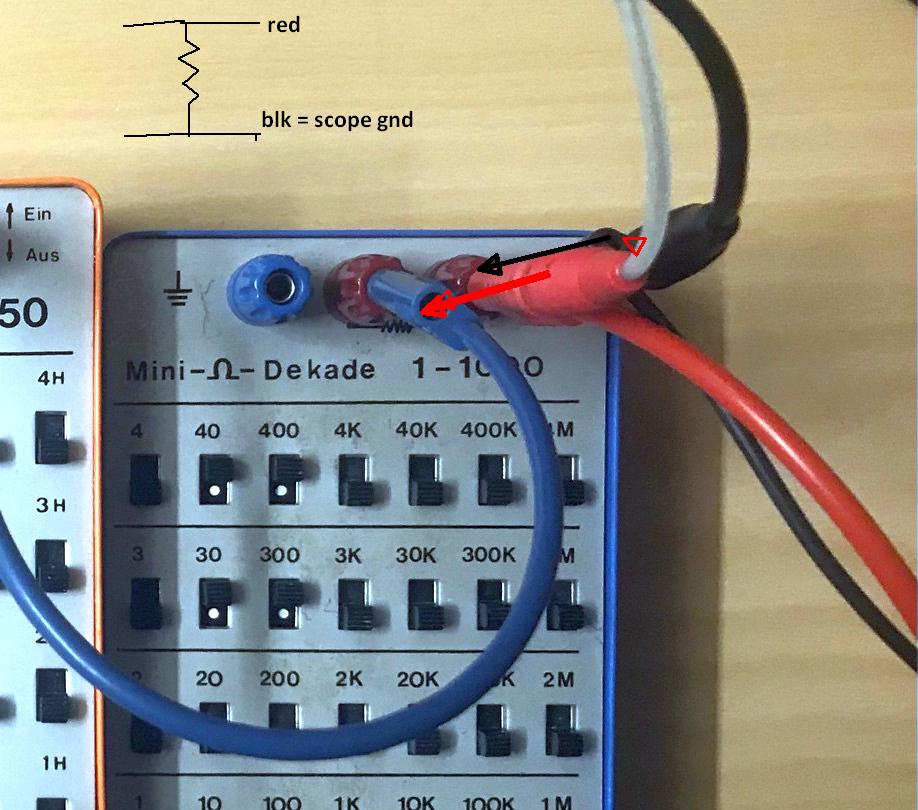Consider the RLC band pass filter circuit:
I’m trying to construct this circuit with a maximum of the transfer curve at \$f=5-6\$kHz and bandwidth \$\beta=2\pi \cdot 2\$kHz and so I have chosen a 88k\$\Omega\$ resistor, 7H inductor and 0.1nF capacitor, according to the formulas $$f=1/(2\pi \sqrt{LC})$$ and $$\beta=R/L \ .$$
See the attached image. The maximum occurs at approximately 4.5kHz. The blue wave on the oscilloscope is the output signal after the resistor in the circuit above. The yellow the input signal. At 4.5kHz however, the waves are out of phase. Aren’t they supposed to be in phase?
EDIT1: As the frequency decreases below 4.5kHz, they get in phase. Above they get even more out of phase.
EDIT2: After increasing capacitor by 100 and decreasing resistor and inductor by 100, the two signals are more or less the same as the frequency varies.








